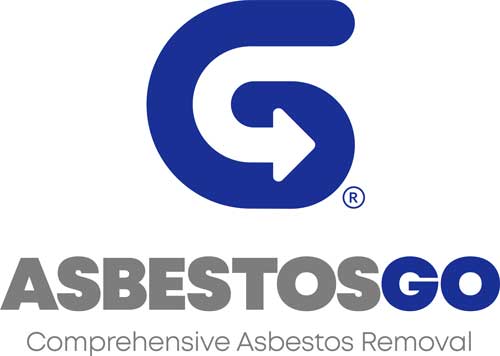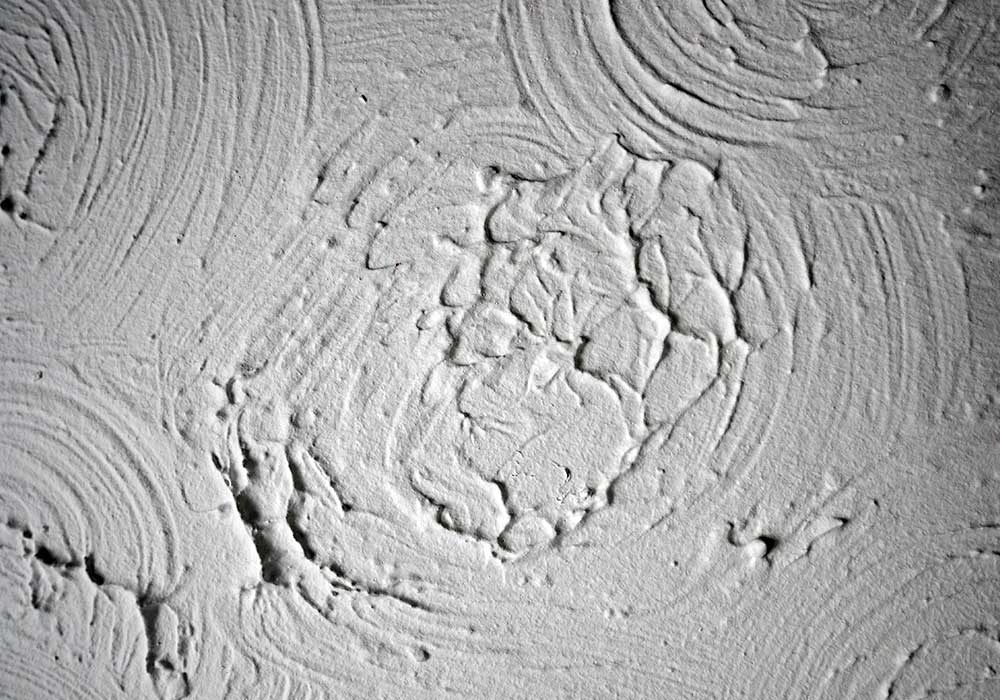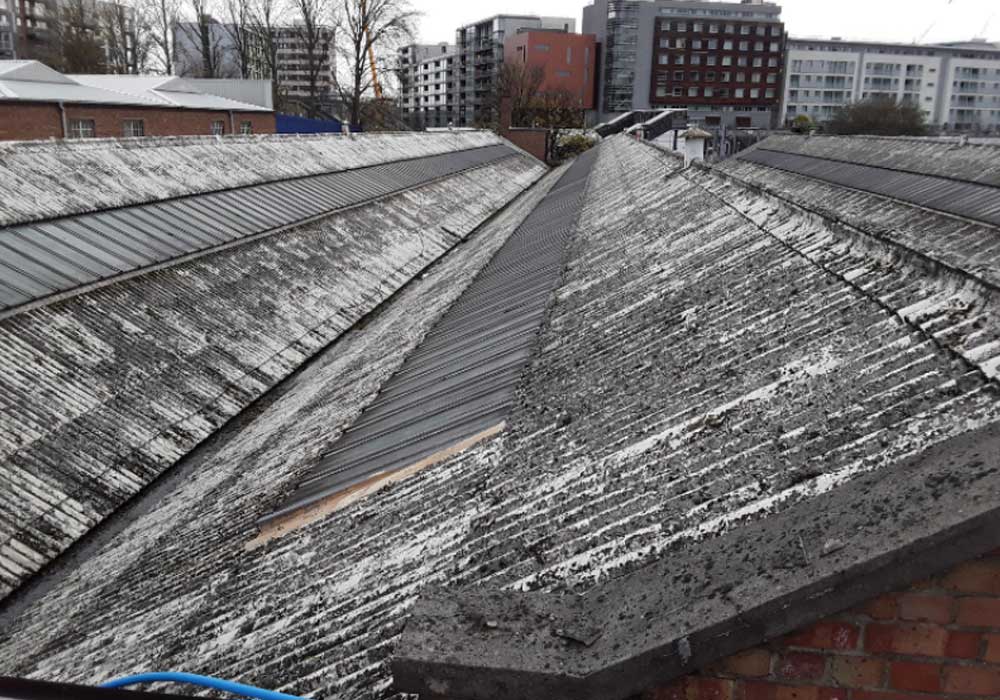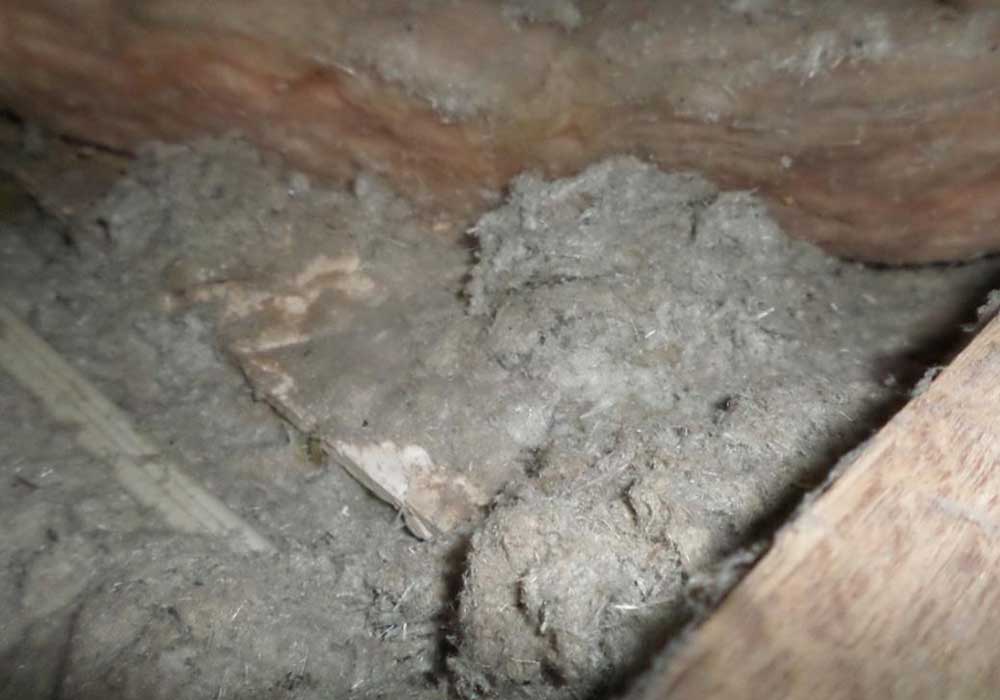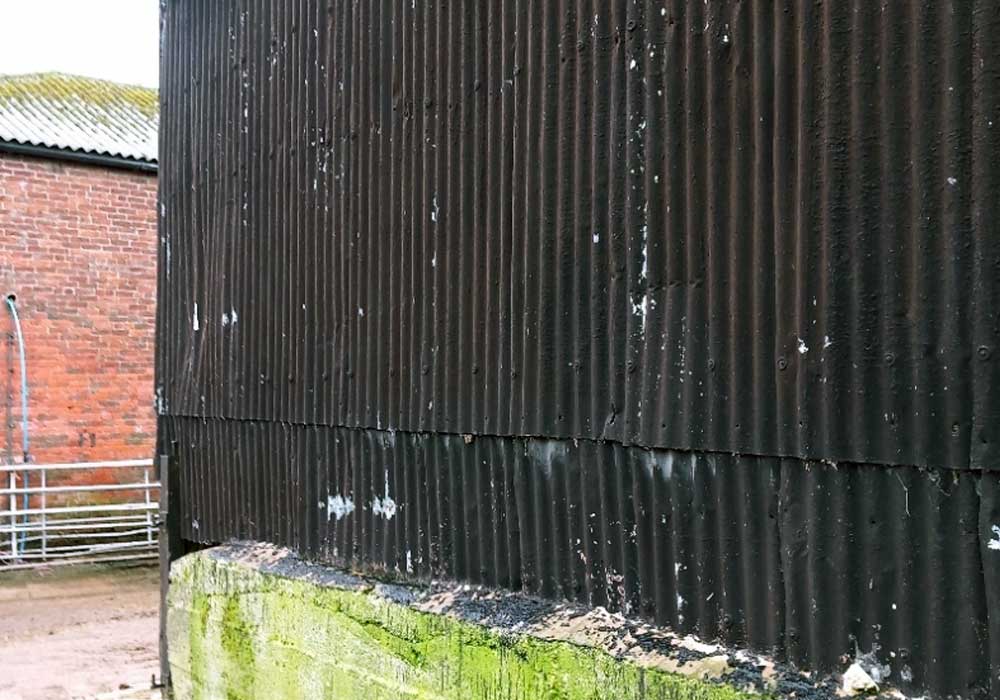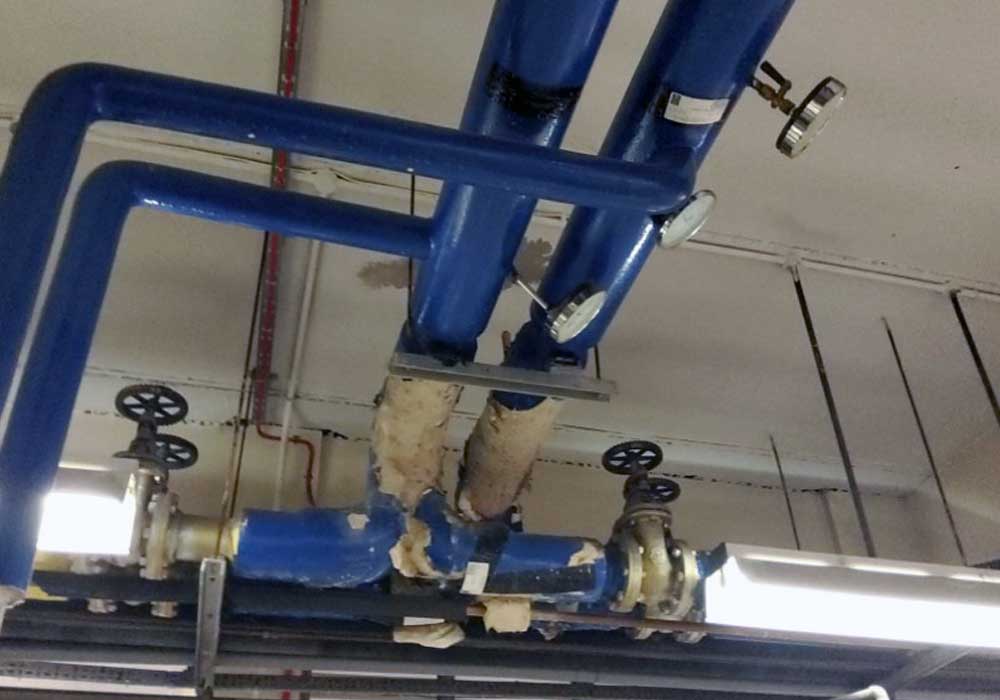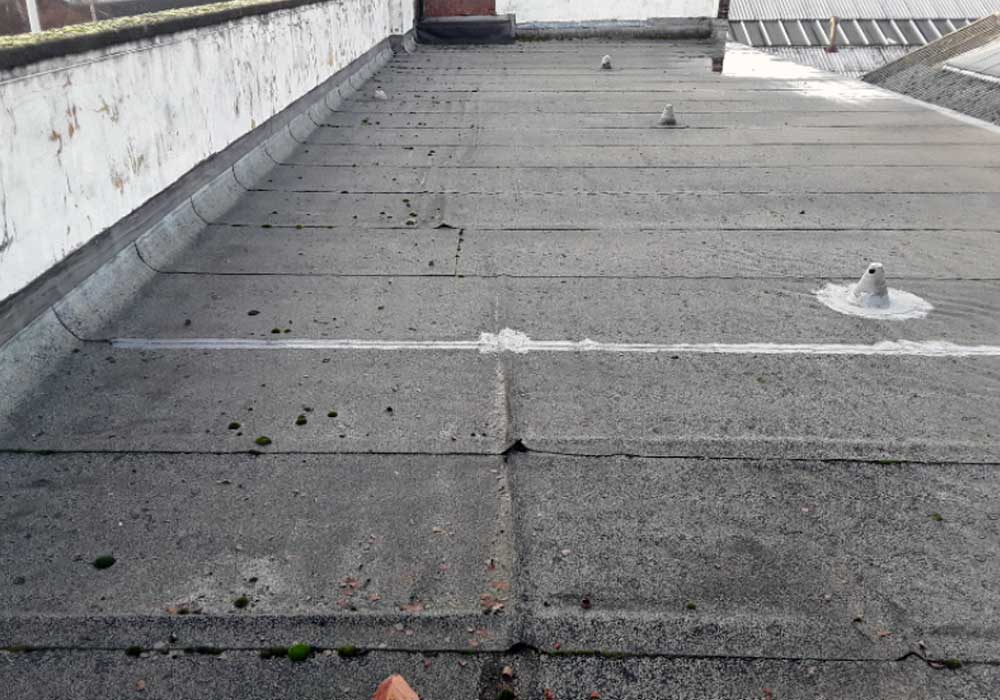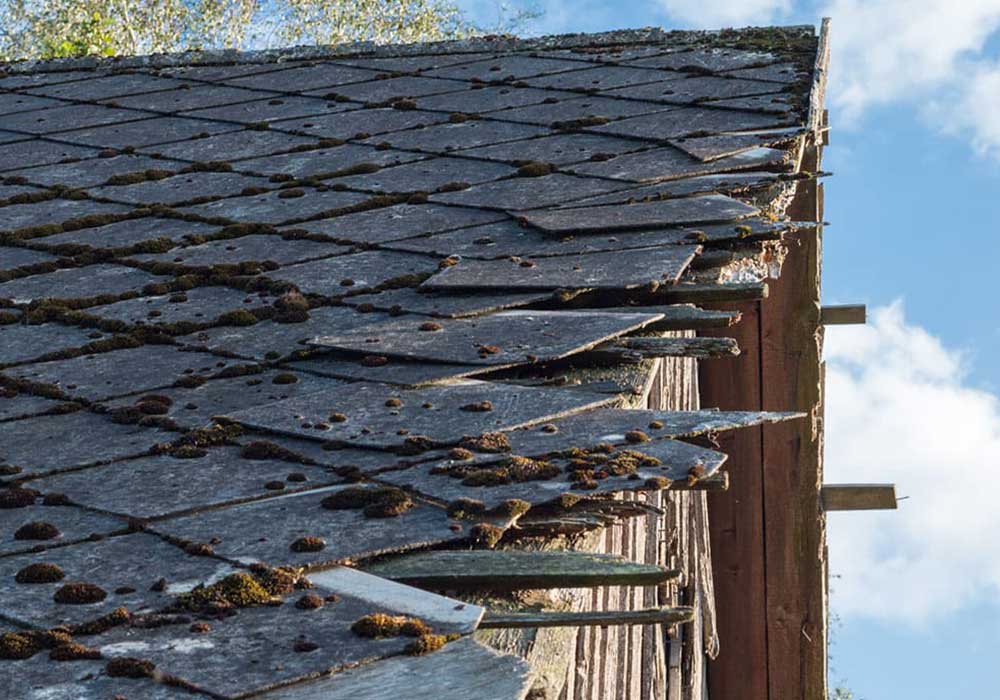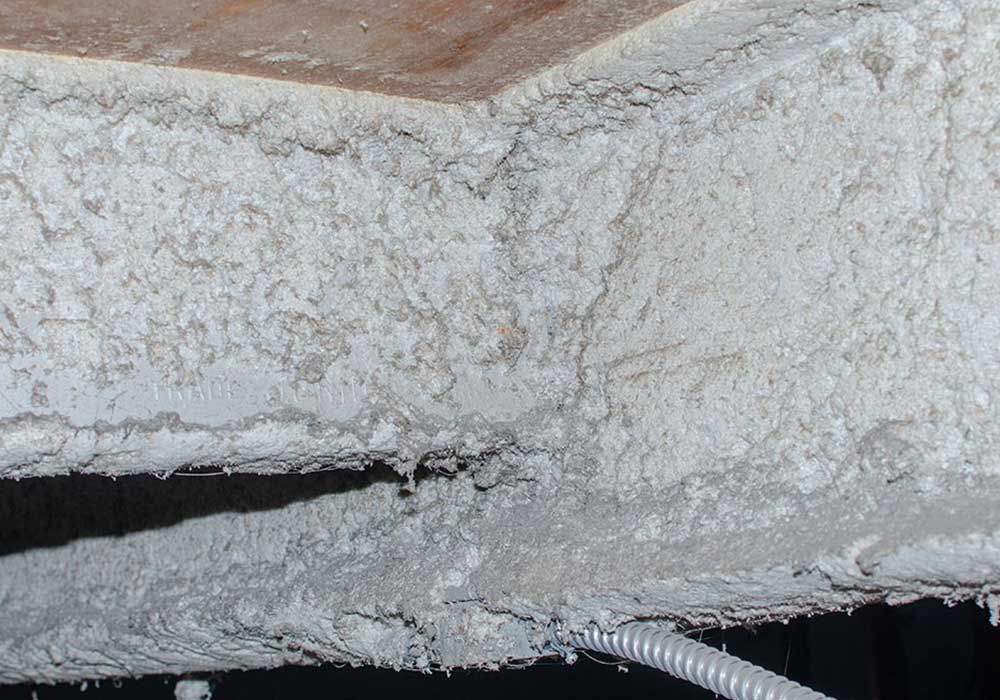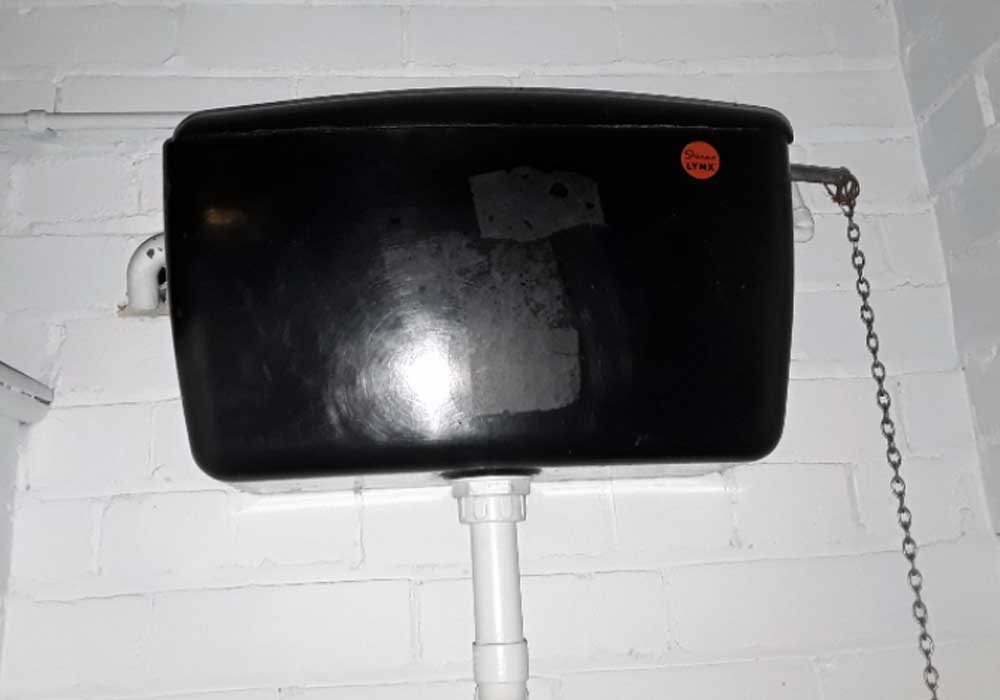Textured Coating / Artex©
Asbestos-containing textured coating, also known as textured paint or textured finish, was a common interior and exterior wall and ceiling finish used in buildings primarily from the 1930s to the 1980s. Textured coatings were popular for their decorative appeal, soundproofing qualities, and ability to hide imperfections on surfaces. However, many of these coatings contained asbestos fibres, which, when disturbed, could pose significant health risks.
Here is a description of asbestos-containing textured coatings:
- Composition: Asbestos-containing textured coatings typically consisted of a mixture of paint, plaster, or other binding agents combined with asbestos fibres. The asbestos fibres added texture and durability to the coating.
- Appearance: These textured coatings often had a unique, bumpy, or stippled appearance on walls and ceilings, providing a decorative finish. They were used to create various patterns and textures, such as popcorn, swirls, or patterns resembling cottage cheese.
- Health Risks: The primary concern with asbestos-containing textured coatings is the potential for the release of asbestos fibres into the air when the coating is disturbed. Common activities that could release asbestos fibres include scraping, sanding, or removing the textured finish during renovation or repair work.
- Age and Identification: Asbestos-containing textured coatings were prevalent in buildings constructed before the 1980s. Identifying whether a textured coating contains asbestos typically requires professional testing or sampling, as asbestos fibres are not visible to the naked eye.
- Removal and Handling: Due to the health risks associated with asbestos, the removal of asbestos-containing textured coatings should only be performed by licensed asbestos removal professionals like yourself. Proper safety measures, including containment, personal protective equipment (PPE), and ventilation, must be employed to minimize asbestos exposure during removal.
- Replacement: In many cases, when asbestos-containing textured coatings are discovered in building renovations or remodelling projects, they are safely removed and replaced with asbestos-free alternatives to ensure the safety of occupants and workers.
In summary, asbestos-containing textured coatings were once widely used for their decorative and practical purposes in buildings. However, they pose significant health risks when disturbed or deteriorated, as asbestos fibres can become airborne and be inhaled.

